
Chapter 17. Chapter 17: Plant Structure and Nutrient Transport
Review & Rehearse

Instructions
Review the visual summaries and answer the essay questions below.
Make sure to enter a brief response that completely answers each question and explains your reasoning. When you click "Submit," you will be provided instant feedback, allowing you to check if your response is correct.
(This activity contains 14 total essay questions. Each new question will be revealed once you complete the preceding question.)
1.

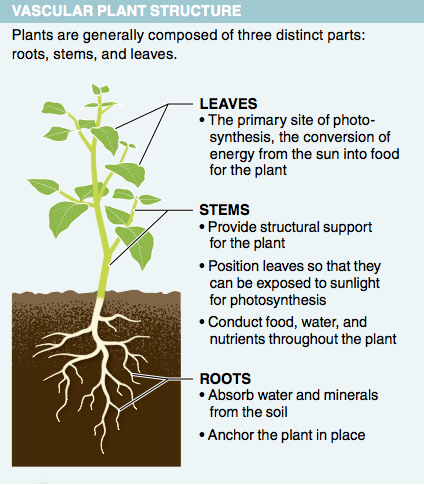
1. Describe the three distinct parts of vascular plants.
2.


2. Why would a monocot be more likely to survive having a tight wire wrapped around its stem, causing a shallow cut, than a eudicot plant suffering the same injury?
3.
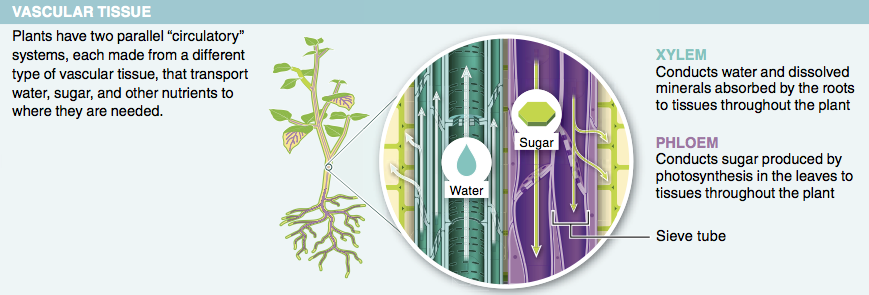
3. Which plant tissue functions much like the circulatory system in vertebrates? Why is the function of this tissue not exactly like that of the vertebrate circulatory system?
4.

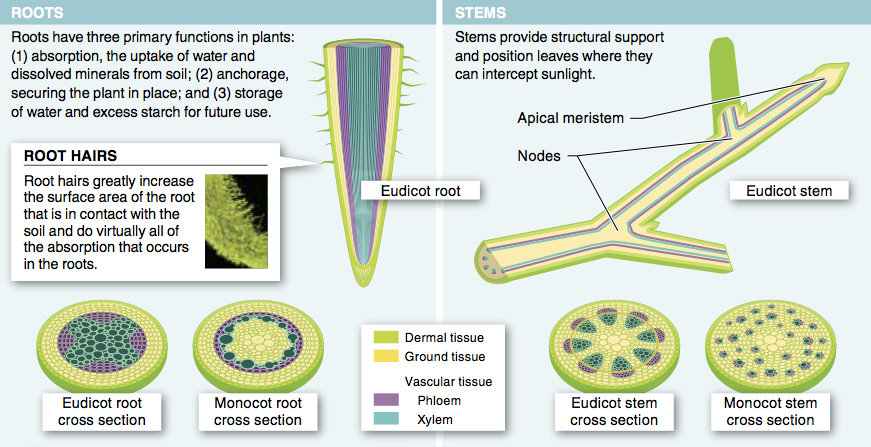
4. What happens to the ground tissue in a root when it is used to store energy in the form of starch?
5.
5. Describe one similarity and one difference in the ways that apical meristems and lateral meristems contribute to plant growth.
6.

6. Despite coming in a wide range of shapes and sizes, most leaves are very thin. Why?
7.
7. Describe three important adaptations that help reduce water loss in plants.
8.

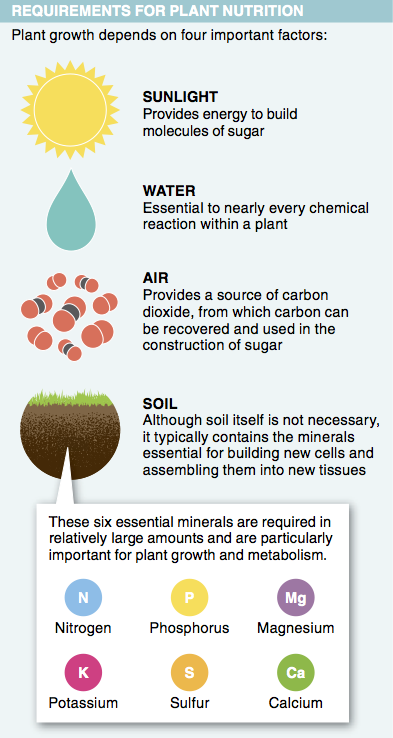
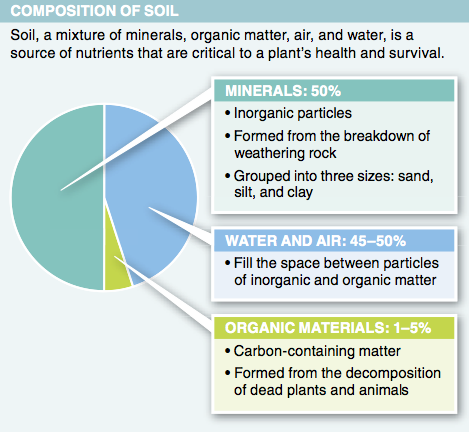
8. How does soil contribute to the nutrition of a plant?
9.

9. Aristotle called earthworms "the intestines of the earth." What did he mean?
10.

10. Why does adding nitrogen to soil increase plant growth?
11.
11. In which habitats do you expect carnivorous plants to outcompete non-carnivorous species?
12.
12. Why is their association with fungi so important to many plants?
13.


13. How does the cohesion-tension mechanism allow vascular plants to transport water without some type of pump? How does the use of this mechanism affect the maximum height that can be attained by trees?
14.
14. Which plant structure could be referred to as the “food-delivery service of plants”? Why?
Activity results are being submitted...